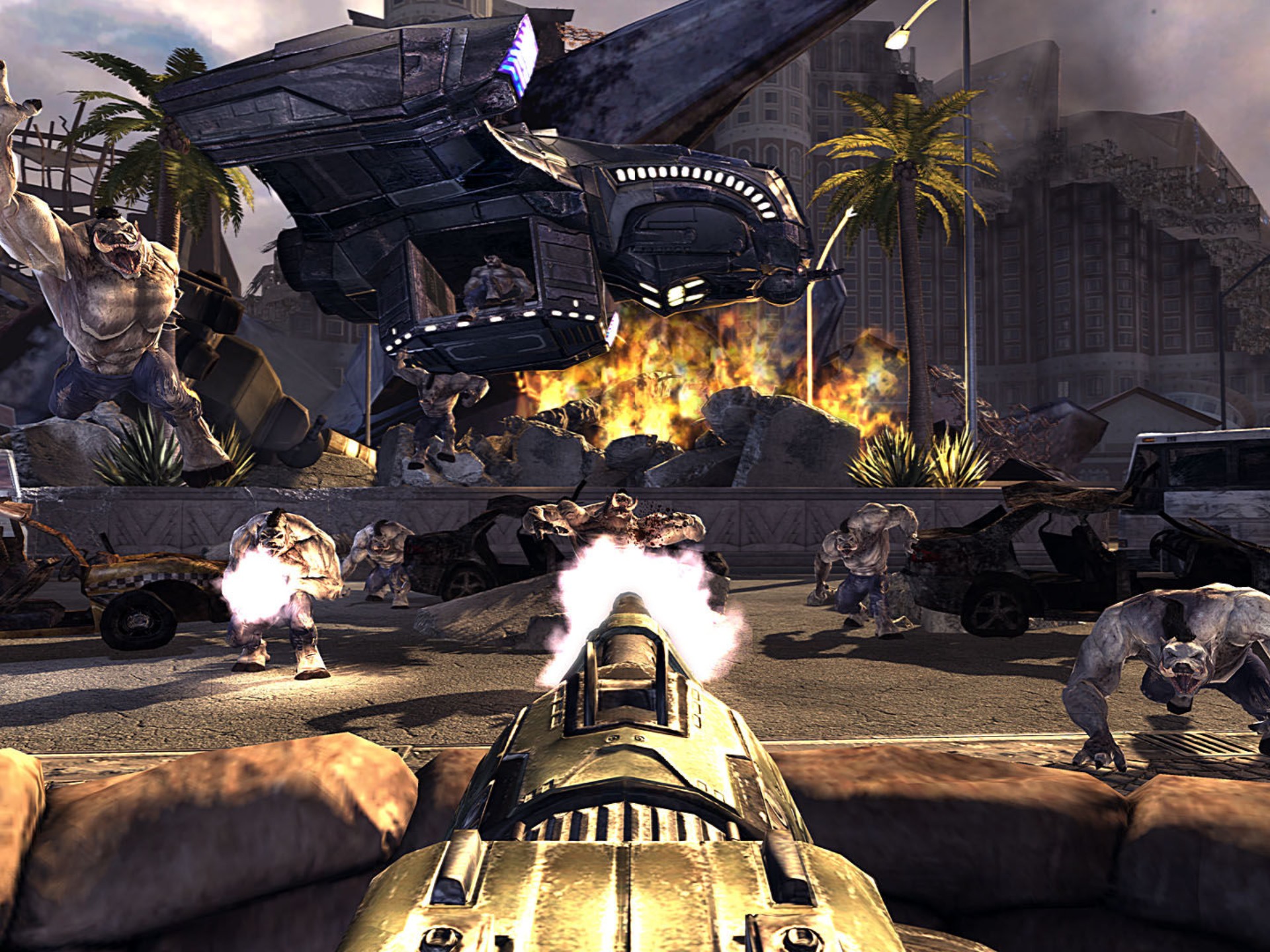Multiplayer Server Stability: Ensuring a Smooth Experience After Launch
Introduction
Launching a multiplayer game is a monumental achievement for any development team. However, the real challenge begins post-launch—ensuring server stability to maintain player satisfaction. Server instability can lead to disconnections, lag, and frustrated gamers, ultimately harming a game’s reputation and player retention.
In this article, we’ll explore:

- The importance of server stability in multiplayer games
- Common causes of server instability post-launch
- Best practices for maintaining stable servers
- Case studies of successful (and problematic) server management
Why Server Stability Matters
Multiplayer games rely on seamless connectivity. When servers fail, players experience:
- Latency (Lag): Delays between player actions and server responses.
- Disconnections: Sudden drops from matches, leading to lost progress.
- Matchmaking Issues: Long queue times or failed lobby creation.
A stable server ensures:
✅ Player Retention – Smooth gameplay keeps users engaged.
✅ Positive Reviews – Fewer complaints about connectivity issues.
✅ Competitive Integrity – Fair matches without unfair advantages from lag.
Common Causes of Server Instability
1. Unexpected Player Load
Many games experience server crashes when player counts exceed expectations. If a game goes viral (e.g., Palworld or Helldivers 2), unprepared servers buckle under pressure.
Solution:
- Stress Testing – Simulate peak loads before launch.
- Auto-Scaling – Cloud-based servers that expand with demand.
2. Poor Network Architecture
Badly optimized netcode or inefficient server distribution leads to high ping and packet loss.
Solution:
- Region-Based Servers – Place servers near player hubs (NA, EU, Asia).
- Dedicated vs. Peer-to-Peer (P2P) – Dedicated servers offer better stability than P2P for competitive games.
3. Software Bugs & Patch Issues
Post-launch updates can introduce instability if not properly tested.
Solution:
- Rolling Updates – Gradually deploy patches to monitor stability.
- Hotfix Protocols – Quick response teams for emergency fixes.
4. DDoS Attacks
Malicious attacks can overwhelm servers, making them unusable.
Solution:
- DDoS Protection – Services like Cloudflare or AWS Shield.
- Rate Limiting – Restrict excessive connection requests.
Best Practices for Maintaining Stable Servers
1. Proactive Monitoring
Use tools like:
- Grafana & Prometheus – Track server health in real-time.
- New Relic – Analyze performance bottlenecks.
2. Load Balancing
Distribute traffic evenly across servers to prevent overloading.
3. Community Feedback Loop
Encourage players to report issues via:
- In-Game Bug Reports
- Discord & Forums
4. Post-Launch Server Maintenance
- Scheduled Downtime – Announce maintenance windows in advance.
- Rollback Plans – Revert updates if they cause instability.
Case Studies: Successes & Failures
✅ Success: Fortnite (Epic Games)
- Uses AWS auto-scaling to handle millions of concurrent players.
- Regularly updates with minimal downtime.
❌ Failure: Diablo III (2012 Launch)
- Error 37 – Servers crashed due to overwhelming demand.
- Always-Online DRM worsened the problem.
✅ Recovery: Final Fantasy XIV (2010 vs. 2013 Reboot)
- Original launch failed due to server instability.
- Rebuilt infrastructure, leading to long-term success.
Conclusion
Multiplayer server stability is not just a technical challenge—it’s a critical factor in a game’s success. By anticipating player loads, optimizing network architecture, and maintaining robust monitoring systems, developers can ensure a smooth post-launch experience.
Key Takeaways:
✔ Test extensively before launch.
✔ Use auto-scaling cloud solutions.
✔ Monitor and respond quickly to issues.
✔ Learn from past failures and successes.
A stable server means happy players—and happy players mean a thriving game.
Tags: #GameDevelopment #ServerStability #MultiplayerGames #Networking #CloudGaming #OnlineGaming


















